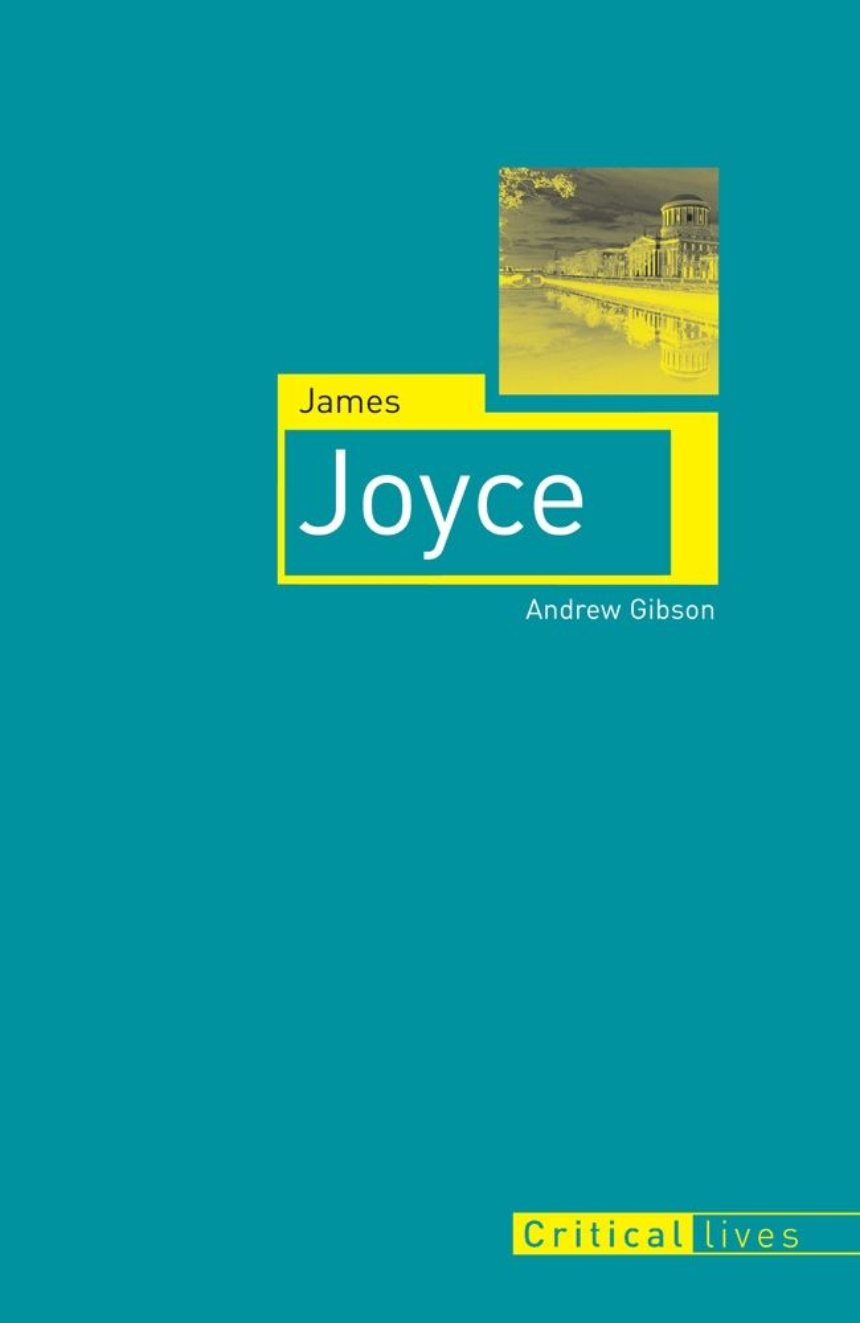Distributed for Reaktion Books
James Joyce
From Ulysses to Finnegans Wake, James Joyce’s writings rank among the most intimidating works of literature. Unfortunately, many of the books that purport to explain Joyce are equally difficult. The Critical Lives series comes to the rescue with this concise yet deep examination of Joyce’s life and literary accomplishments, an examination that centers on Joyce’s mythical and actual Ireland as the true nucleus of his work.
Andrew Gibson argues here that the most important elements in Joyce’s novels are historically material and specific to Ireland—not, as is assumed, broadly modernist. Taking Joyce “local,” Gibson highlights the historical and political traditions within Joyce’s family and upbringing and then makes the case that Ireland must play a primary role in the study of Joyce. The fall of Charles Stewart Parnell, the collapse of political hope after the Irish nationalist upheavals, the early twentieth-century shift by Irish public activists from political to cultural concerns—all are crucial to Joyce’s literary evolution. Even the author’s move to mainland Europe, asserts Gibson, was actually the continuation of a centuries-old Irish legacy of emigration rather than an abandonment of his native land.
In the thousands, perhaps millions, of words written about Joyce, Ireland often takes a back seat to his formal experimentalism and the modernist project as a whole. Yet here Gibson challenges this conventional portrait of Joyce, demonstrating that the tightest focus—Joyce as an Irishman—yields the clearest picture.
Andrew Gibson argues here that the most important elements in Joyce’s novels are historically material and specific to Ireland—not, as is assumed, broadly modernist. Taking Joyce “local,” Gibson highlights the historical and political traditions within Joyce’s family and upbringing and then makes the case that Ireland must play a primary role in the study of Joyce. The fall of Charles Stewart Parnell, the collapse of political hope after the Irish nationalist upheavals, the early twentieth-century shift by Irish public activists from political to cultural concerns—all are crucial to Joyce’s literary evolution. Even the author’s move to mainland Europe, asserts Gibson, was actually the continuation of a centuries-old Irish legacy of emigration rather than an abandonment of his native land.
In the thousands, perhaps millions, of words written about Joyce, Ireland often takes a back seat to his formal experimentalism and the modernist project as a whole. Yet here Gibson challenges this conventional portrait of Joyce, demonstrating that the tightest focus—Joyce as an Irishman—yields the clearest picture.
192 pages | 25 halftones | 5 x 7.875 | © 2006
Literature and Literary Criticism: British and Irish Literature
Reviews
Table of Contents
Introduction by Declan Kiberd
Abbreviations
1. History, Politics, the Joycean Biography
2. Parnell, Fenianism and the Joyces
3. Youth in Nineties Dublin
4. An Intellectual Young Man, 1898-1903
5. The Artist as Critic
6. 16 June 1904
7. Continental Exile
8. Looking Back: Dubliners
9. A Second Outpost of Empire
10. The Battle of the Book
11. Ireland Made Me: A Portrait of the Artist
12. Joyce, Ireland and the War
13. Writing Ulysses
14. The National Epic
15. Monsieur Joyce in Paris
16. Joyce and Free Statehood
17. Joyce Enterprises
18. A Wild, Blind, Aged Bard
19. The Megalith
Endpiece
Chronology
References
Select Bibliography
Acknowledgements
Photo Acknowledgements

